1. Famous Advocates of Visual Learning
The power of combining words with images isn't a new discovery. Throughout history, some of our greatest thinkers have championed visual learning, and modern science has proven them right: Words + images = stronger memory.
1.1 Historical Pioneers of Visual Thinking
Consider Nobel Prize-winning physicist Richard Feynman, who revolutionized how we understand quantum mechanics. His secret weapon wasn't complex equations—it was simple drawings.
Feynman's famous diagrams transformed abstract quantum physics into visual representations that physicists worldwide could understand and use. If visual thinking could help explain the most complex concepts in science, imagine what it could do for your reading comprehension.
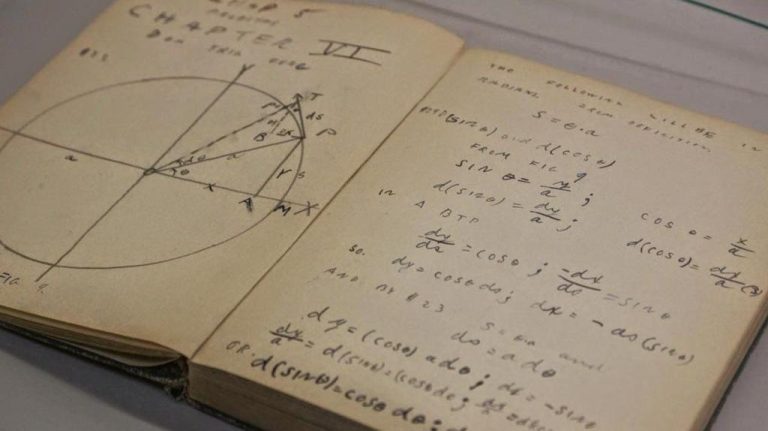
Leonardo da Vinci took this approach even further. His notebooks contained thousands of pages combining detailed sketches with written observations. This wasn't just artistic expression—it was a systematic method for understanding everything from human anatomy to engineering principles. Da Vinci proved that combining visual and textual elements enhances both creativity and retention.
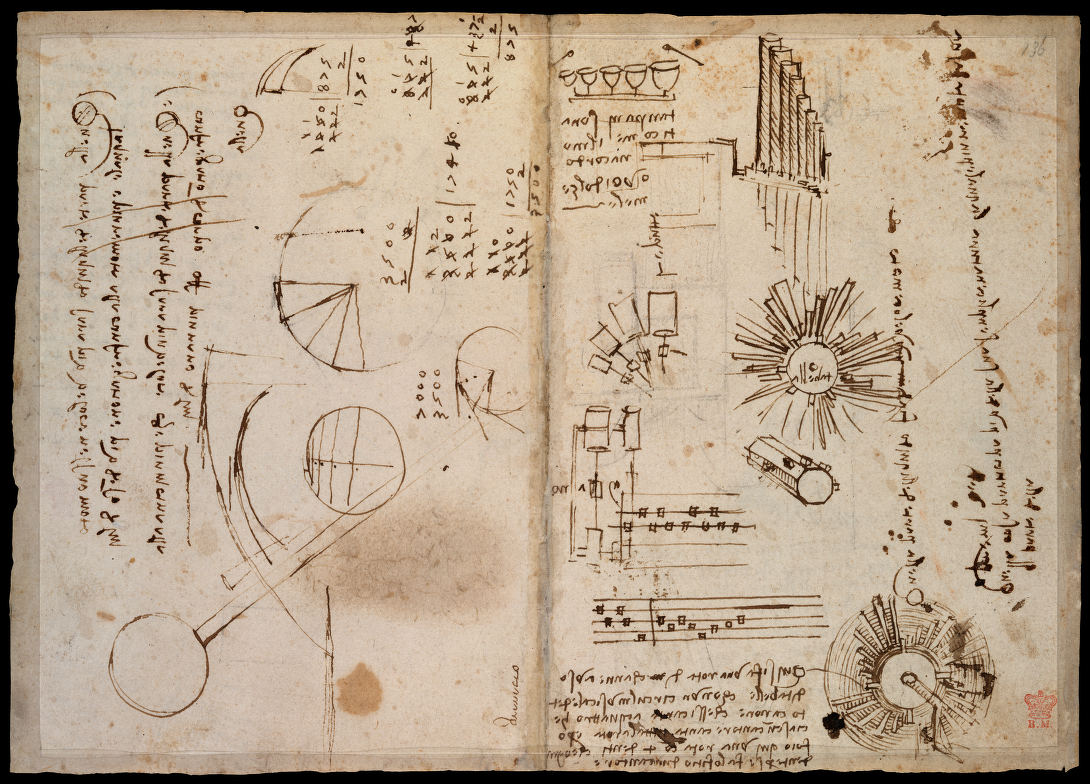
More recently, Tony Buzan popularized mind mapping as a learning tool, based on his insight that:
"The mind works primarily with key concepts in images."
Today, mind maps are standard tools in education and business, validating Buzan's understanding of how our brains naturally process information.
1.2 Scientific Evidence Behind Visual Learning
Modern research has provided compelling evidence for what these pioneers intuitively understood. Allan Paivio's Dual Coding Theory, established in 1971, demonstrated that our brains process visual and verbal information through separate but interconnected systems. When we combine words with images, we create multiple pathways to the same information, dramatically improving recall.
The Picture Superiority Effect, documented by researchers like Lionel Standing and Nelson, revealed an astounding fact: people remember 65% of visual information after three days, compared to only 10% of text-only information. This isn't a small difference—it's a fundamental insight about how human memory works.
A 2014 Harvard study on medical students provided practical proof of these principles. Students who used visual note-taking techniques, including sketchnoting, scored 23% higher on exams than those who relied solely on traditional text notes. The visual learners didn't just remember more—they understood the material at a deeper level.
Sunni Brown, author of "The Doodle Revolution," has championed the power of combining drawing with learning. Her research shows that people who doodle while learning retain 29% more information than those who don't. This isn't because doodling helps you pay attention—it's because the act of creating visual representations engages different parts of your brain simultaneously.
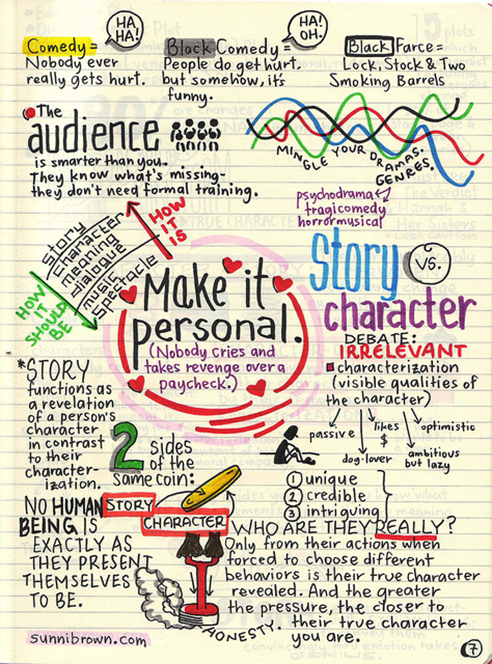
1.3 Modern Examples in Practice
Today's most successful knowledge workers intuitively understand these principles. Management consultants at firms like McKinsey and BCG don't present their findings in dense reports—they create slide decks filled with diagrams, frameworks, and visual representations. They know that complex business strategies become actionable only when presented visually.
Productivity expert Tim Ferriss regularly shares sketched book summaries on social media, demonstrating how visual note-taking can distill complex ideas into memorable formats. His approach shows that visual learning isn't just for students—it's a professional skill.
Even Bill Gates, one of the world's most voracious readers, is famous for his handwritten marginalia and diagrams. His annotated books reveal how he transforms passive reading into active visual engagement, connecting ideas across pages and creating his own visual frameworks for understanding.
2. Visual Learning Techniques: A Complete Reading Journey
Visual learning for readers follows a natural sequence that mirrors how we best process and retain information. This journey has four distinct stages: before you read, while you read, immediately after reading, and during your deeper review process. Each stage builds on the previous one to create comprehensive understanding that sticks.
Let's walk through each stage, understanding not just what to do, but why each technique works and how it fits into your overall learning process.
2.1 Before Reading: Mind Mapping Your Approach
This is your preparation stage—where you set the foundation for everything that follows.
Before diving into any book, spend 10-15 minutes creating an initial mind map. This isn't about summarizing content you haven't read yet—it's about preparing your brain to receive and organize new information effectively.
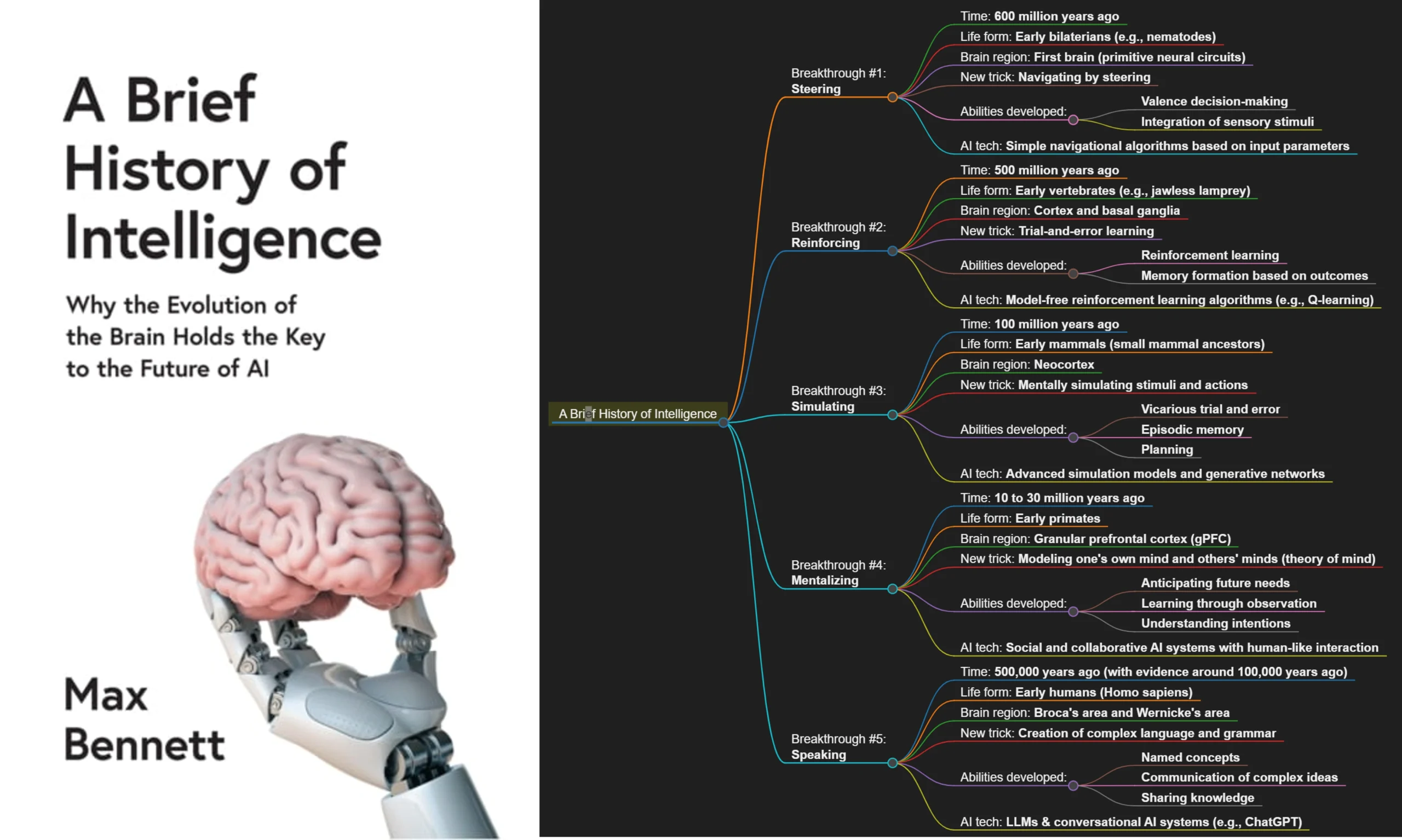
Start by placing the book's title in the center of a page. Then, based on the table of contents, chapter titles, and any preview reading you've done, create branches for the main topics you expect to encounter. This serves several purposes:
- Cognitive preparation: Your brain begins forming categories and connections before you encounter the detailed content
- Active engagement: You're already interacting with the book's structure, not just passively consuming it
- Framework building: You create a mental scaffold where new information can attach and organize itself
Don't worry about getting this initial map "right"—it will evolve as you read. The goal is to activate your visual thinking before you encounter the book's full complexity.
For tools, you can use digital options like XMind, MindMeister, or even simple drawing apps. However, many readers find that hand-drawn maps on paper create a stronger connection between the physical act of drawing and memory formation. The choice depends on your preference, but the key is to make the process visual and spatial, not just textual.
2.2 While Reading: Active Visual Engagement
This is where the real learning happens—transforming passive reading into active visual processing.
The foundation of visual learning while reading is strategic highlighting. Despite what some critics suggest, highlighting isn't a passive activity when done correctly—it's the first step in creating visual patterns that your brain can recognize and remember.
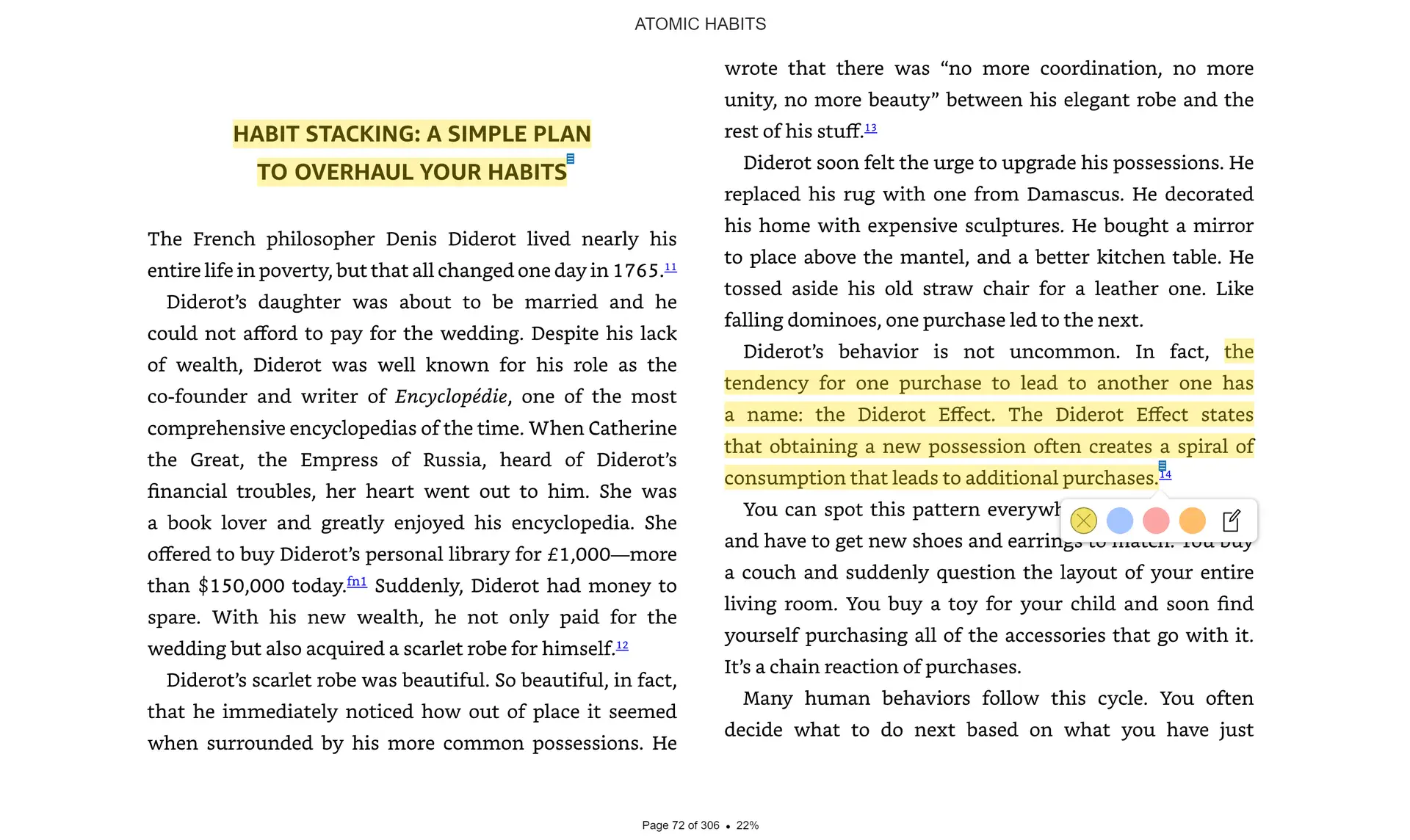
Effective highlighting involves more than just marking interesting passages. Create a system:
- Color coding: Use different colors for different types of information (key concepts, examples, questions, disagreements)
- Intensity levels: Reserve your brightest color for the most important insights
- Visual hierarchy: Highlight main ideas more prominently than supporting details
But highlighting is just the beginning. The real power comes from combining it with visual annotation and sketchnoting. This means adding simple drawings, symbols, and diagrams to your margins and between lines.
Don't worry about artistic ability—these aren't meant to be beautiful. They're meant to be functional. A simple arrow showing cause and effect, a stick figure representing a character or concept, or a basic flowchart showing a process can be more memorable than paragraphs of text.
Develop a personal symbol system:
- ! for important insights
- ? for questions or confusion
- → for cause and effect relationships
- ★ for surprising or counterintuitive information
- Simple drawings for concrete concepts
This combination of highlighting and visual annotation engages multiple parts of your brain simultaneously. You're not just reading—you're analyzing, categorizing, and creating visual representations. This active engagement is why visual learners retain information better than passive readers.
2.3 Right After Reading: Expanding Your Visual Summary
This is your first consolidation step—where you transform your reading experience into a comprehensive visual overview.
Immediately after finishing a book (or a significant section), return to your initial mind map. Now you can expand it with the actual content you've learned, creating a detailed visual summary of the entire book.
This expanded mind map serves multiple purposes. First, it forces you to actively recall what you've read, strengthening memory formation. Second, it reveals connections between different parts of the book that might not have been obvious during linear reading. Third, it creates a visual reference you can return to later.
Add new branches for concepts you didn't anticipate in your initial map. Use your highlights and annotations as source material, but don't just copy them—transform them into visual elements. Turn sequential processes into flowcharts. Show relationships between ideas with connecting lines. Use different colors to show themes that run throughout the book.
You can also create other types of visual summaries depending on the book's content:
- Timeline diagrams for historical or biographical books
- Process flowcharts for how-to or business books
- Comparison charts for books that present multiple viewpoints
- Concept hierarchies for academic or theoretical books
The key is to match your visual format to the book's structure and your learning goals. This isn't busy work—it's active processing that transforms information into knowledge.
2.4 Going Deeper: Visual Connections for Long-Term Memory
This is where you preserve the book's treasures—creating lasting visual memories for the concepts that matter most to you.
Some concepts from your reading will be particularly important or challenging. These deserve special treatment through visual memory techniques that create lasting impressions.
The most powerful technique is adding meaningful images to abstract concepts. Consider the term "Chromosome" or "DNA. When you pair it with picture showing the relationship between cells, the nucleus, chromosomes, DNA and its elements the genes, your brain connects the new term to the relevant related entities and creates multiple pathways to the same information.
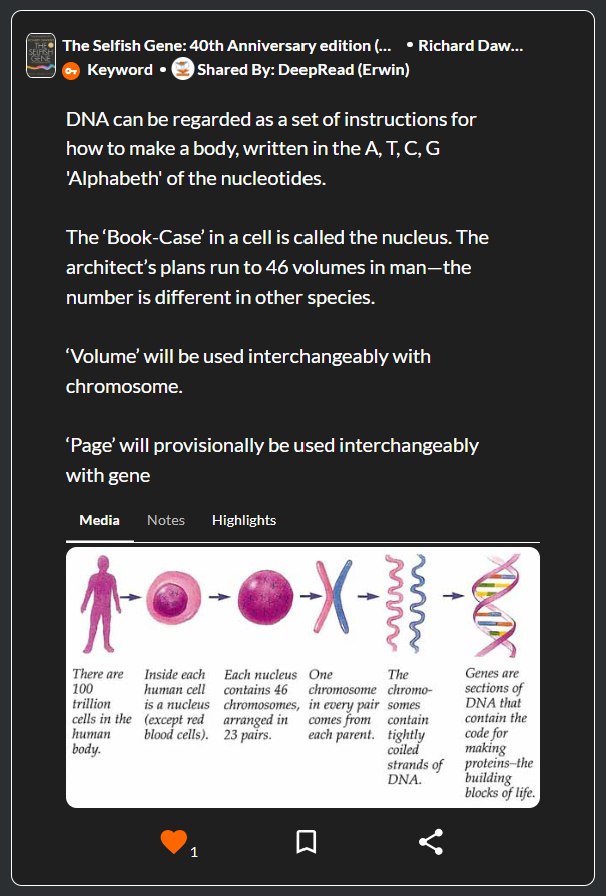
This works because our brains are exceptionally good at remembering visual and spatial information. When you create a concrete image for an abstract concept, you're leveraging this natural strength. The image becomes a mental anchor that makes the abstract concept easier to recall and understand.
Here's how to implement this technique:
- Identify key concepts that are abstract or difficult to remember
- Find or create images that represent these concepts concretely
- Create flashcards that combine the concept with its visual representation
- Use memory palace techniques to place these visual concepts in familiar spatial locations
Visual flashcards are particularly effective because they combine several learning principles. They use spaced repetition (reviewing at increasing intervals), active recall (forcing you to remember rather than just recognize), and dual coding (combining visual and verbal information).
When creating visual flashcards, don't just put text on both sides. On one side, use the concept name or a question. On the other side, combine a brief explanation with a relevant image, diagram, or your own visual representation. This approach creates richer, more memorable learning experiences.
Memory palaces take this even further by placing your visual concepts in familiar spatial locations—your home, your commute route, or your workplace. This ancient technique works because our brains are naturally excellent at remembering spatial relationships and familiar places.
3. Conclusion: Start Visualizing Your Next Book
Reading without visual elements means missing your brain's strongest learning pathway. The evidence is overwhelming: from Feynman's physics diagrams to Harvard medical students' improved test scores, visual learning consistently outperforms text-only approaches.
The techniques we've covered aren't just theoretical—they're practical tools you can implement immediately. Start with highlighting, the easiest entry point to visual learning. It transforms passive reading into active engagement and provides the foundation for all other visual techniques.
But don't stop there. Progress through the complete journey: mind mapping before you read, visual annotation while you read, expanded summaries after you read, and detailed visual memory work for the concepts that matter most. Each stage builds on the previous one, creating a comprehensive system for understanding and remembering what you read.
The beauty of this approach is that it works with your brain's natural strengths rather than against them. Instead of forcing yourself to remember abstract text, you're creating concrete visual representations that your brain can easily store and recall.
Ready to take your visual learning to the next level? DeepRead enhances every technique we've discussed by letting you:
- Store and review all your highlights in one centralized location across all your books
- Automatically generate mind maps from your highlighted passages, turning your reading into instant visual summaries
- Create flashcards from your most important highlights with just a few clicks
- Get AI support for all these steps—but not generic AI assistance. DeepRead's AI works specifically with your personal highlights as its knowledge base, meaning it understands exactly what resonated with you in each book and can help you build on those specific insights
Think of it this way: instead of the AI having access to everything ever written, it focuses exclusively on the passages you found meaningful enough to highlight. This creates personalized learning support that builds on your unique reading journey.
Your next book is an opportunity to put these principles into practice. Start simple: grab a highlighter and begin creating visual patterns in your reading. Notice how this small change makes you more engaged with the text. Then gradually add more techniques as they become natural.
Remember, the goal isn't to make reading more complicated—it's to make it more effective. When you align your reading habits with how your brain naturally learns, you don't just read more books. You understand them better, remember them longer, and apply their insights more successfully in your life and work.
